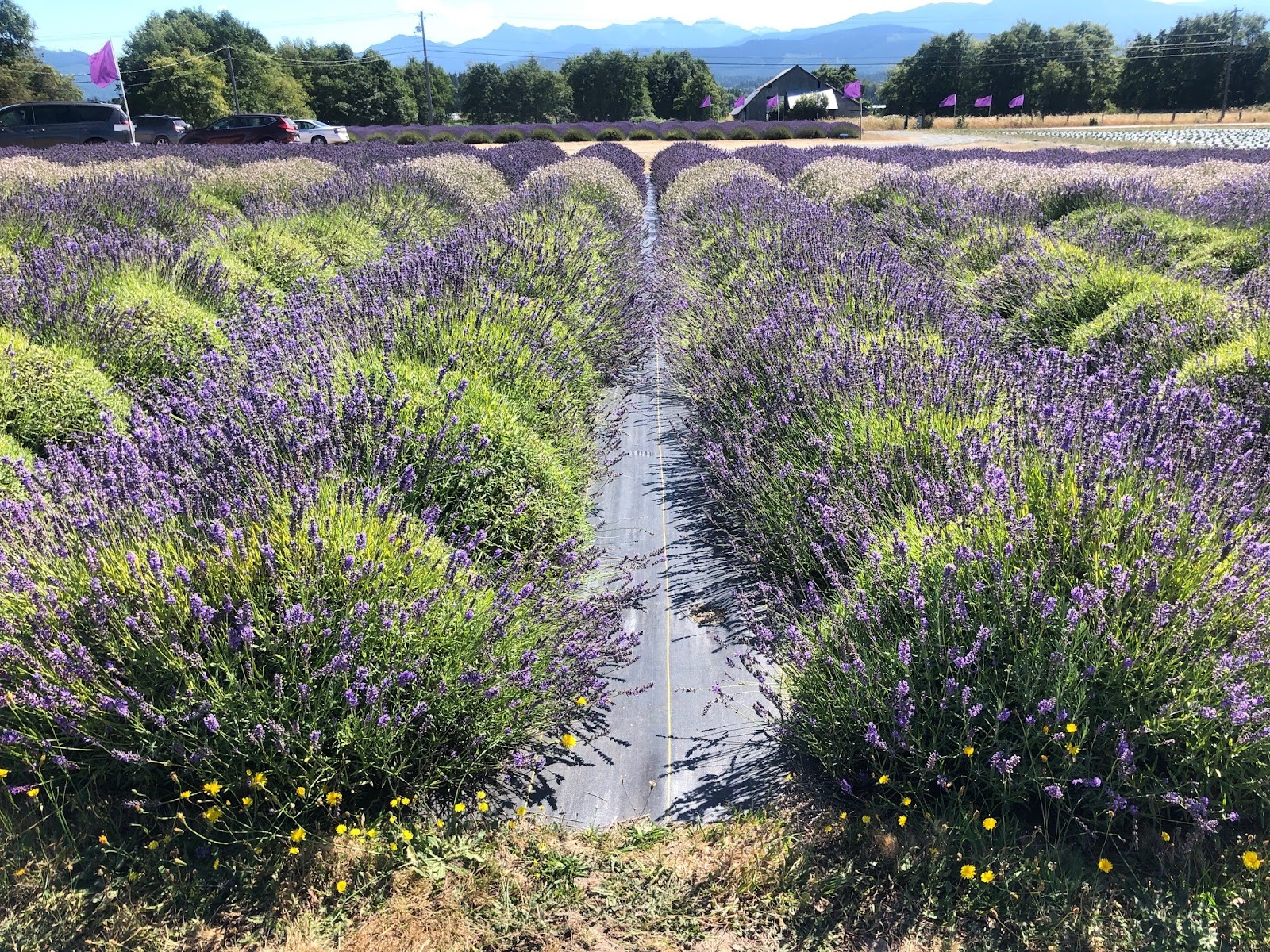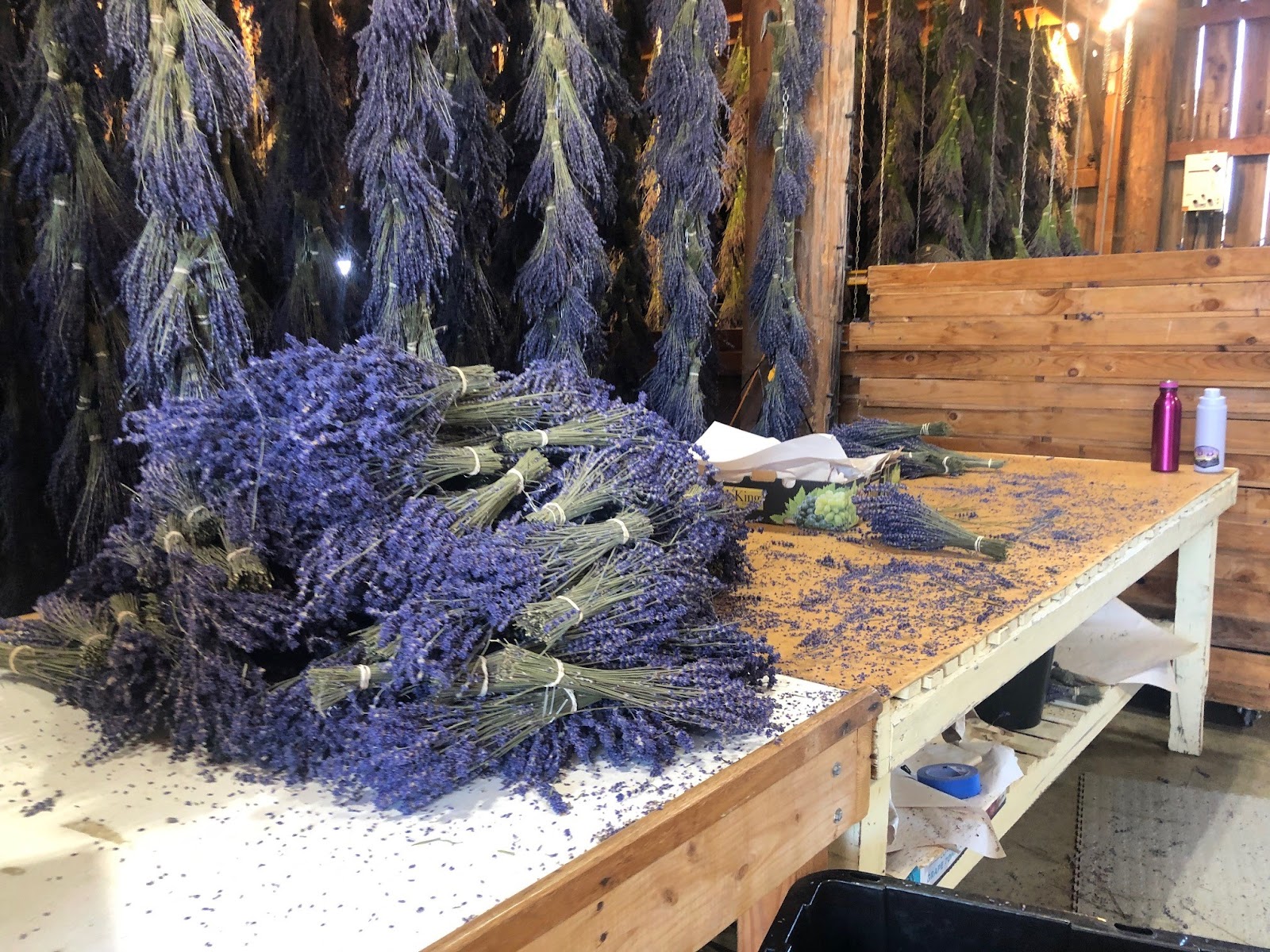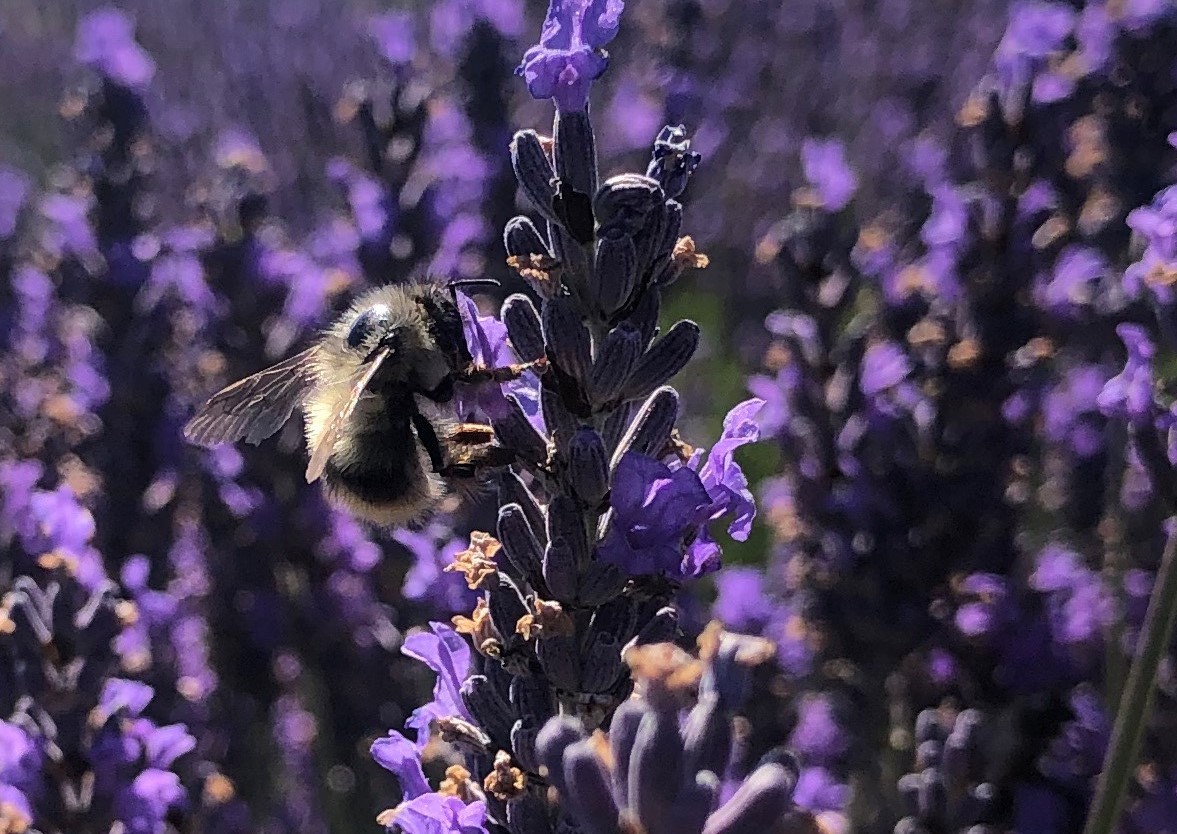by Robert Sánchez, Colorado Master Gardener
Why should Colorado Front Range gardeners consider xeriscaping? · According to the Environmental Protection Agency, in dry climates such as the Southwest,
residential use of water for landscaping can be as high as 60 percent of total municipal/residential water use and that 50 percent of that water is wasted from inefficient watering methods, totaling billions of gallons of water losses.
· The federal government regulates 2,051 public water systems in Colorado under the Safe Drinking Water Act, but
58 percent of water providers surveyed in Colorado have no dedicated budget for water conservation, meaning that gardeners may have to take the lead on water conservation.
· Colorado winter droughts in 1976-77 and 1980-1981 led to bare ski slopes, empty reservoirs, and poor agricultural seasons, spurring the state to develop the nation’s first drought monitoring and response plan in 1981. The monitoring and response plan has helped local water providers better plan their water availability against water needs, but monitoring drought has not been sufficient to stem the strain on water resources.
Simply put, residential water consumption in the Front Range is not sustainable at the current rate.
Sampling of Front Range homeowners’ stated reasons for xeriscaping:
- Sustainability - want to prevent water waste
- Aesthetics – xeriscape looks healthier than turf during hot summer months
- Cost – irrigating turf is expensive
- Financial incentive – some water providers or communities offer rebates.
Fortunately, Colorado and many water providers in the Front Range are on your side. Unfortunately, HOAs are not always on your side, though many are coming around. Below are some tips on navigating HOAs and a list of potential resources to help you decide if you want to xeriscape and how to do it. This post does not address the advantages and disadvantages of xeriscaping, which may include a variety of considerations, including effects on property value based on the desire—or lack thereof—of xeriscape.
Colorado Revised Statutes 37-60-126, amended multiple times between 2005 and 2021, gives rights to residents living in HOAs. Regarding HOAs, the statutes state that limiting xeriscape, limiting the use of drought-tolerant vegetative landscapes, requiring turf grass, or limiting the use of non-vegetative turf grass in the backyard is unenforceable. This means that HOAs cannot force you to have turf in your front or back yards and cannot limit you from xeriscaping, but they can enforce design and aesthetic guidelines, such as the type and number of drought-tolerant plantings or the amount of non-vegetative material in the front yard. For example, one HOA states that any front yard landscape must consist of at least 70 percent living plant material, meaning that only 30 percent can be “zero-scape,” such as a field of rock or mulch.
Tips on Navigating HOA Landscaping Requirements1. Be patient, and be aware of timing requirements.
Many HOAs have committees that review and approve of landscape designs. They may meet once or twice per month and you should be aware of their schedules and their workloads, particularly if you are on a schedule.
One resident said that her town offers a xeriscape rebate, but that she must meet a tight timeline to get her design reviewed and approved by the HOA before she can submit it to her town. If she misses the submission deadline, she will not qualify for the rebate, which is a substantial one-time incentive for installing low-water landscaping.
One resident said it took her two years from her initial submission to her HOA until the HOA approved it. Her water provider offered a rebate, but the rebate had no time constraints.
2. Know Your Association Requirements
Some HOA requirements are not clear and may seem contradictory. Consider requesting clarification, if needed.
Some HOAs require documentation that adjacent neighbors have been advised of your xeriscape plans and, since xeriscaping is relatively new in some HOAs, you may want to be prepared with legal information and positive neighborly discussions in the event your neighbors protest your plans.
One resident said his HOA did not know about the law or even if the HOA had criteria or guidelines for xeriscaping when he attended a meeting to present his xeriscape plans. He said it took some diplomacy and education to get the HOA on board. However, he said he was well prepared.
One resident said that her HOA guidelines were vague. She was turned down on her first submission, but the HOA did not give her actionable explanations to successfully resubmit. She said she had to press the HOA for specific reasons for the denial and that it back-and-forth e-mails and a face-to-face meeting over a period of time before she was able to clarify what she needed to do to successfully resubmit her design.
3. Don’t Be a Stranger to Your HOA
One resident said going to Board meetings before you submit a proposal is a good idea so you don’t become the resident who only shows up when you want something.
One resident said that if you are involved in some HOA event or process, you are likely to have credibility with the HOA, which could contribute to a quicker review process.
Resources to Help You Out Below are examples of resources provided by some metro area cities to residents. Be sure to check out your own water provider, county, and municipality to see what they may provide.
|
Water Provider
or Town
|
Xeriscape
information?
|
Assistance?
|
|
Aurora
Water
|
Yes – on website and with links.
|
Rebates on water-wise landscaping.
Provides free water-wise landscape designers.
Provides free water use assessments.
Provides free troubleshooting for your irrigation system.
|
|
City
of Golden
|
Yes – with links.
|
Rebates on smart irrigation technology.
Provides free irrigation system inspections.
|
|
Castle Rock Water
|
Yes – on website and with links
|
Rebates on replacing turf with water-wise landscaping and
free classes
|
|
Denver
Water
|
Yes – on website and with links.
|
Rebates on irrigation products.
Provides many helpful links, including links to
organizations who do provide xeriscaping services.
Provides free monthly summertime water usage reports.
|













